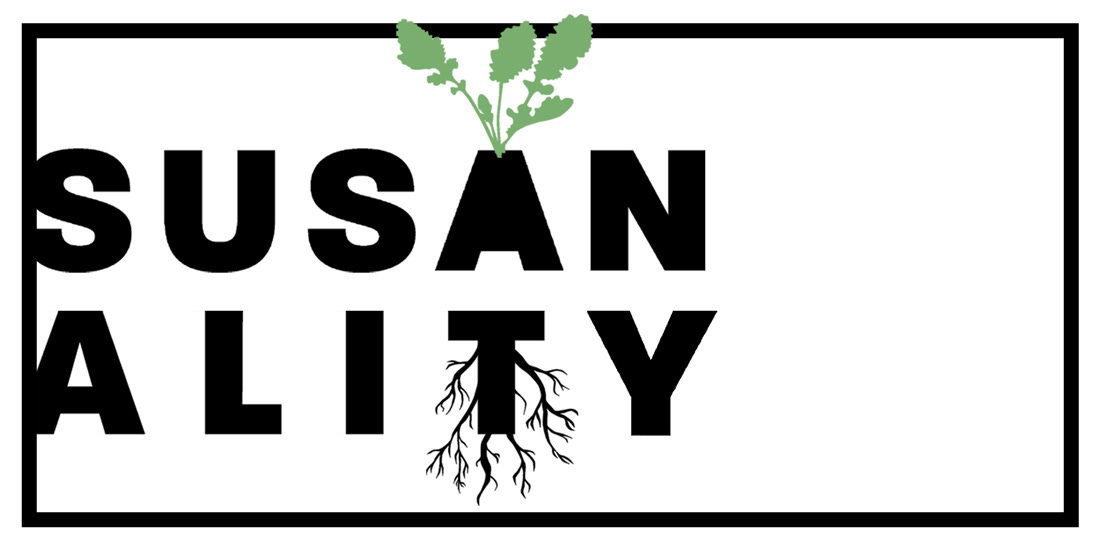Welcome to issue #18 of Susanality, a free weekly newsletter. Thanks for being here! If you’re loving this newsletter, please consider a paid subscription. Having your support would mean a lot to me, as I continue to work hard to bring you fresh content on a weekly basis with additional posts and recipes going out to paid subscribers at least twice a month. Thanks again!
Recently, I was leafing through my copy of Dinner with Jackson Pollock, a really cool book. More than just a cookbook, it is all about Jackson Pollock and Lee Krasner’s life in the 1940’s and 50’s, how art, food, and nature were intertwined. Their home, where they both painted, is now a museum. It’s just a bike ride away from mine here in Springs, NY, so I feel especially connected to the life they lived. I enjoy the same local clams and strawberries that they did, and enjoy the same beautiful light and vistas. The area is still a mecca for artistic types; entertaining casually at home is still one of the more popular social activities, at least among my circle. After pausing for the past few years, it’s back. It seems everyone could not be happier than to indulge in the simple pleasure of sitting around the table with a few close friends again, eating good food and drinking good wine.





